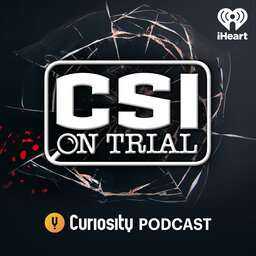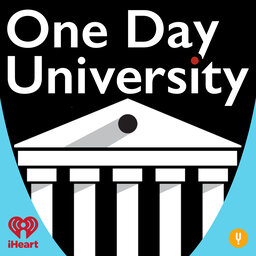Popular TV shows and high-profile televised trials have made forensic science famous…but what’s the science and history behind it? Host and filmmaker Molly Hermann traces the roots of these tools and the questions surrounding their accuracy.
CSI On Trial is a co-production of iHeart Podcasts and School of Humans. It is a Curiosity Podcast based on the Curiosity Stream series CSI On Trial. You can watch all six episodes of the video series here if you sign up for Curiosity Stream.
 CSI On Trial
CSI On Trial



